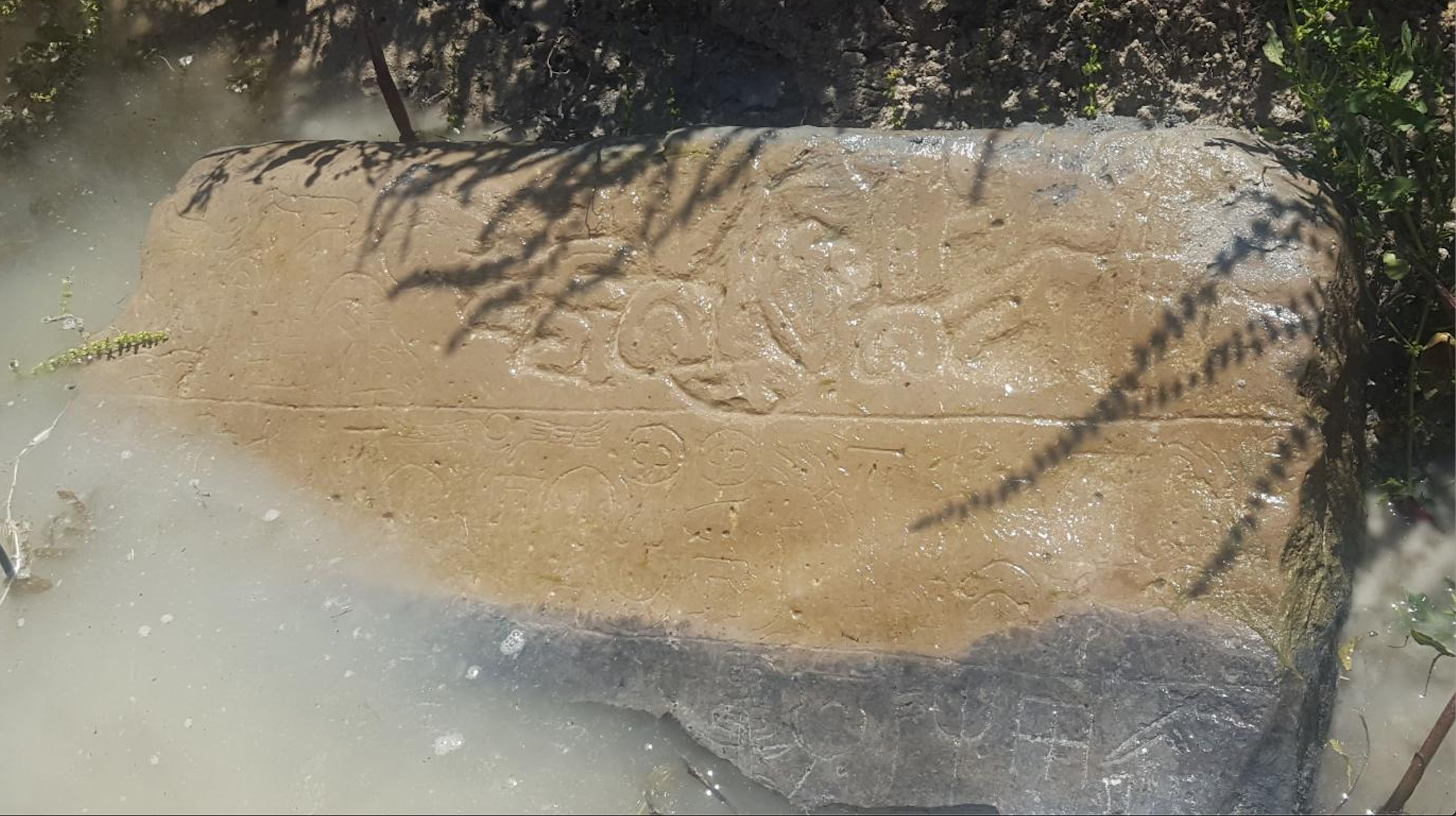Archaeologists Have Discovered a Lost Ancient Kingdom in Turkey

Credit to Author: Becky Ferreira| Date: Tue, 25 Feb 2020 17:12:07 +0000
Some 2,800 years ago, the tale of a monarch who overthrew a famous kingdom was etched into stone. The inscribed monument, known as a stele, was forgotten for eons until a farmer found it submerged in a recently dredged irrigation canal in central Turkey, and led an international team of archaeologists to the site last summer.
As it turns out, the stele is a link to a lost ancient kingdom that may have defeated Midas, King of Phrygia, who was a real monarch but is better known as a Greek mythological figure who could turn anything he touched to gold. According to the stele, though, the Midas touch was no match for the military might of King Hartapu, who is described in the text as the leader of a previously unknown kingdom that conquered Phrygia.
“We had no idea about this kingdom,” said James Osborne, an assistant professor of Anatolian Archaeology at the University of Chicago, in a recent statement. “In a flash, we had profound new information on the Iron Age Middle East.”
After wading into the canal to examine the stele, Osborne and his colleagues quickly recognized that the inscription was written with Luwian hieroglyphs, an ancient Indo-European language that flourished in the region during the 9th to 7th centuries BCE. With the help of the farmer, who brought his tractor, the team hauled the stele out and placed it in the care of a nearby museum for further study.
The stone tells one of the most familiar tales in human history: a king successfully defeats a rival kingdom and celebrates by commissioning a great work of art to boast about it. “The storm gods delivered the [opposing] kings to his majesty,” the stele reads, according to Osborne’s team.
While the name of his kingdom is not yet known, King Hartapu is namechecked in another hieroglyphic inscription 10 miles from the site, which lends credence to the notion that he may have been an influential monarch thousands of years ago.
The researchers are part of the Konya Regional Archaeological Survey Project (KRASP), an international collaboration that is working to reveal the ancient lost metropolises buried within Turkey’s Konya Plain. The team will return to work on the survey in the coming months and are especially interested in excavating a vast mounded settlement called Türkmen-Karahöyük.
“Inside this mound are going to be palaces, monuments, houses,” Osborne said. “This stele was a marvelous, incredibly lucky find—but it’s just the beginning.”
This article originally appeared on VICE US.